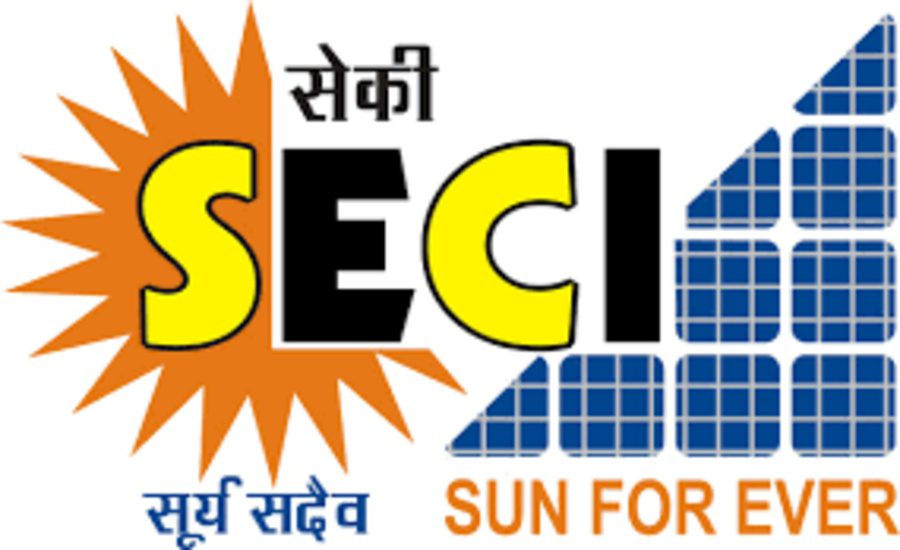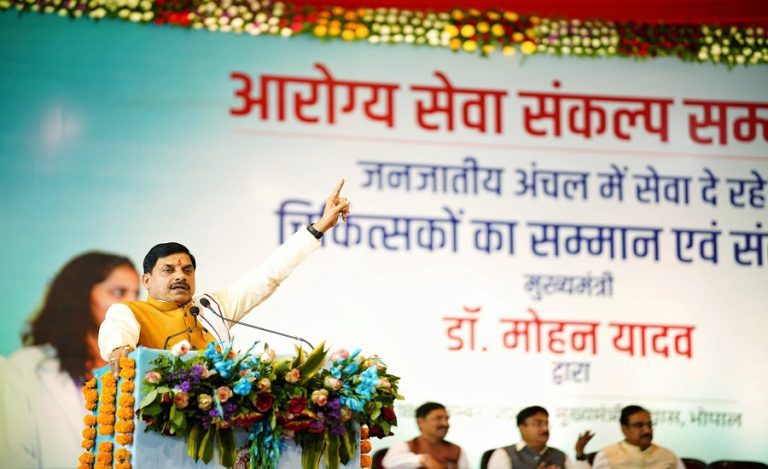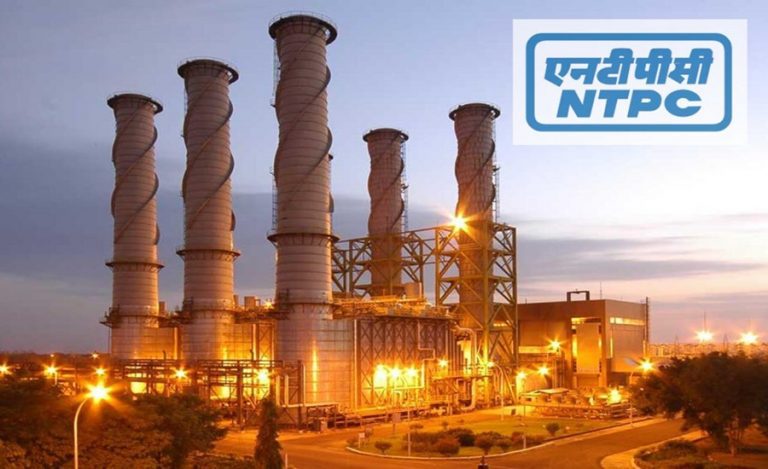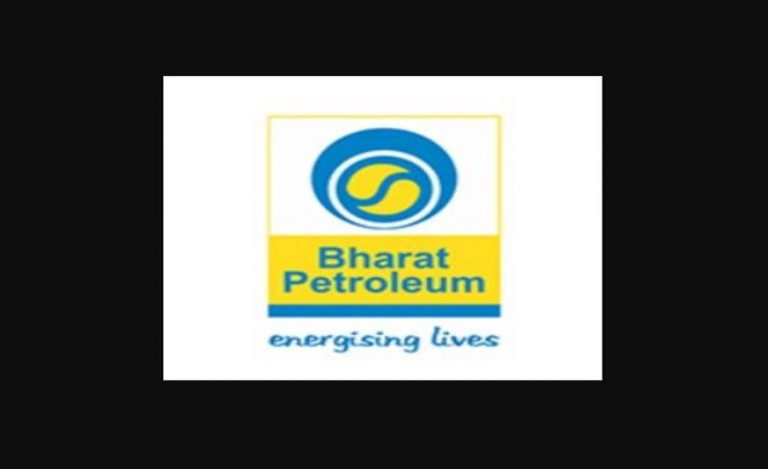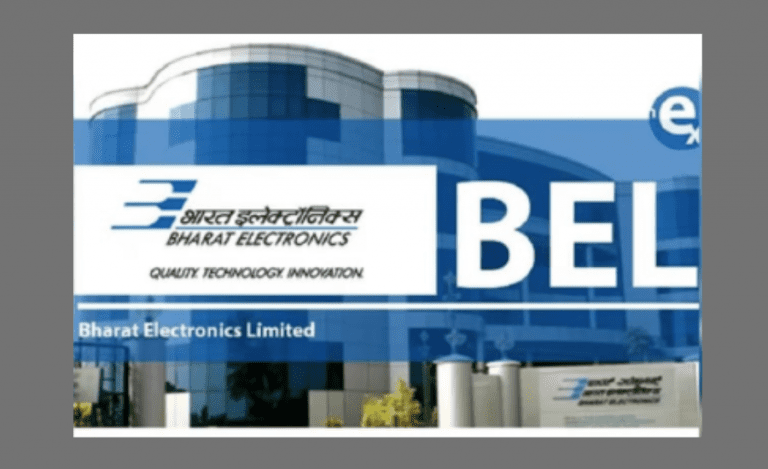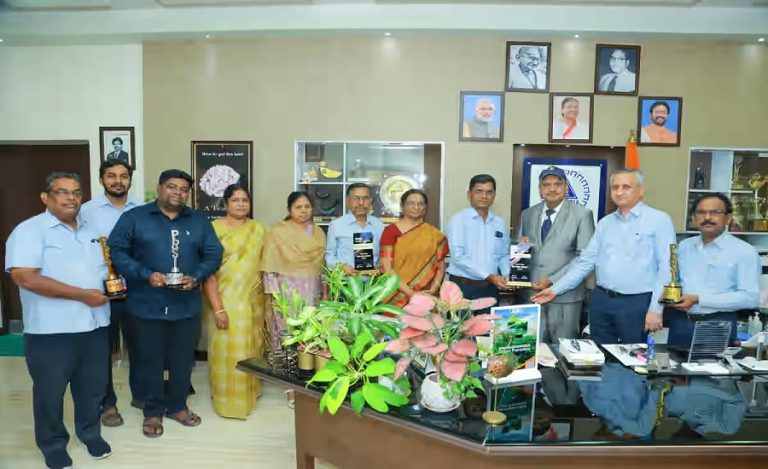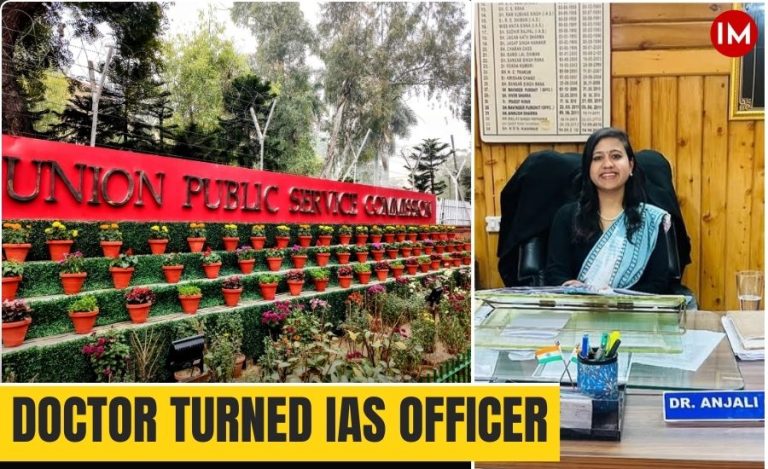New Delhi: The Solar Energy Corporation of India (SECI), a central public sector enterprise under the Ministry of New and Renewable Energy (MNRE), has invited bids for the development of a 2 GW Inter-State Transmission System (ISTS)-connected solar power project integrated with co-located Energy Storage Systems (ESS). The announcement marks another key step in India’s transition toward sustainable and reliable renewable energy infrastructure.
Competitive Bidding Under SECI-ISTS-XX Scheme
According to the official bid document, the selection of the Solar Power Developer (SPD) will be conducted through a tariff-based competitive bidding process under the SECI-ISTS-XX scheme. The project will include a robust storage component of 1,000 MW/4,000 MWh, designed to strengthen grid reliability and support round-the-clock power supply from renewable sources.
Bidders Granted Flexibility in Site Selection
SECI has granted developers the flexibility to choose the project locations based on their own assessment. “The projects shall be located at the locations chosen by the bidder/SPD at its own discretion and cost, risk and responsibility,” the document states.
For developers, this means a wider scope for strategic planning based on solar resource availability, land costs, and grid connectivity.
Key Bid Deadlines and Project Requirements
- Online bid submission deadline: July 22, 2025
- Offline submission deadline: July 24, 2025
- Bid opening date: July 25, 2025
The bid allows developers to spread a single project across multiple sites with different delivery points. However, the ESS component must be co-located with the solar generation at least at one of the locations.
In a significant clause, the bid specifies that “ESS of at least 0.5 MW/2 MWh capacity for every 1 MW of solar generation must be mandatorily installed”. Importantly, only storage charged by solar power will be considered valid for qualification under the bid.
India’s Storage Demand to Reach 411.4 GWh by 2032
The move comes in alignment with India’s long-term energy strategy. According to the National Electricity Plan published by the Central Electricity Authority (CEA), India will require 73.93 GW/411.4 GWh of energy storage by 2031–32 to integrate a planned 364 GW of solar and 121 GW of wind capacity. This includes 47.24 GW/236.22 GWh from Battery Energy Storage Systems (BESS) and 26.69 GW/175.18 GWh from Pumped Storage Projects (PSPs).
In February 2025, the CEA issued an advisory advocating for co-location of energy storage with solar projects, aimed at optimizing cost and enhancing the grid’s resilience.
A Step Toward India’s Renewable Energy Goals
With this bid, SECI continues to play a pivotal role in implementing India’s ambitious clean energy vision, ensuring reliable and cost-effective renewable power supply. The emphasis on co-located storage aligns with global best practices and reflects a proactive approach toward building a resilient and flexible power system for the future.
SECI’s Latest Bid Offers Developers Freedom in Site Selection, Storage Must Be Co-located

